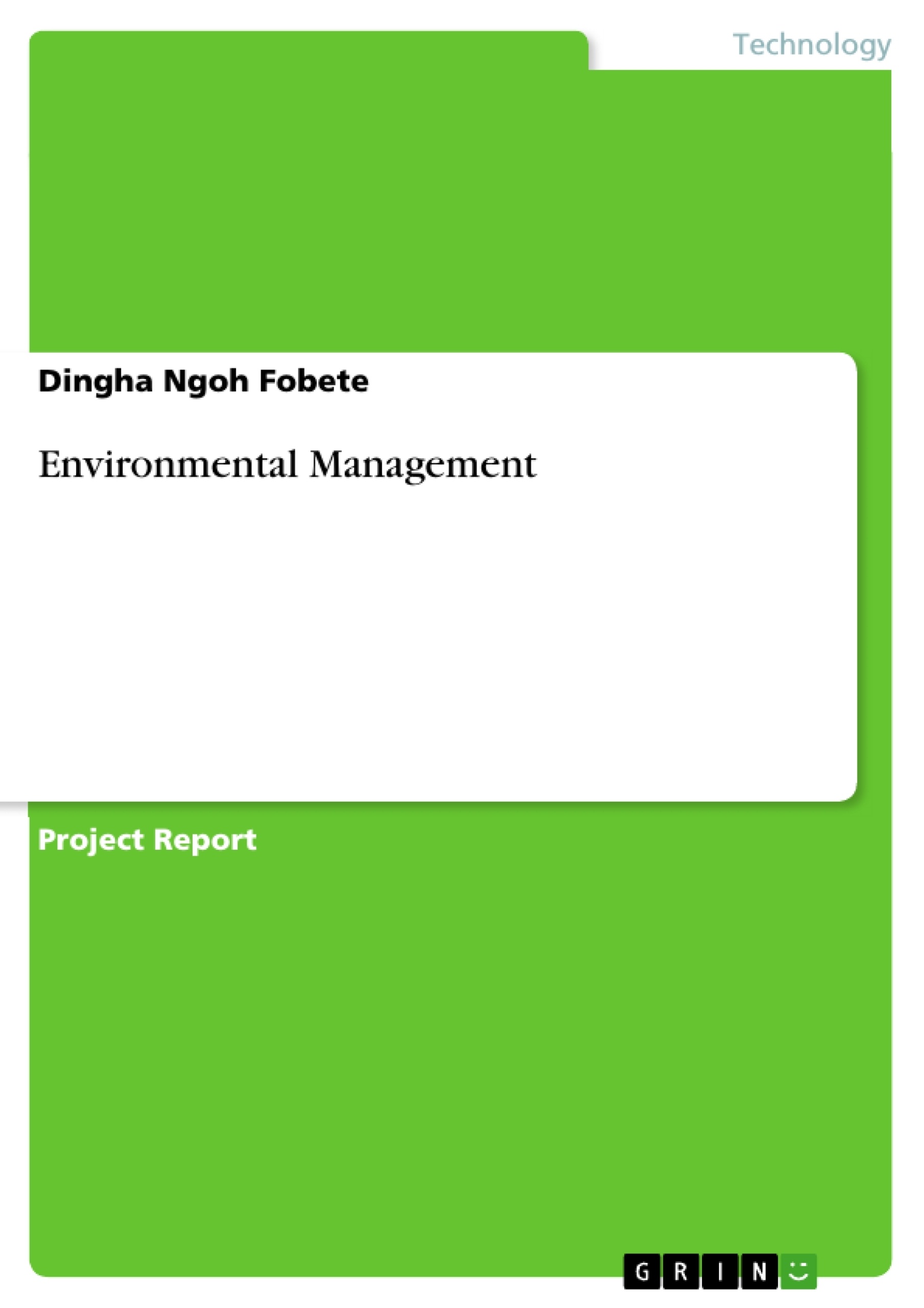Rapid economic growth is placing increasing pressure on the sustainability of the environment. The strive for economic development has brought about drastic change in environmental hazards as a result of emission of substances into the atmosphere during the production process, as well as the disposal of waste substances.
How and what can be done to reduce this emission, save energy, institute more recycling measures, save natural resources, and prevent environmental hazards during production process is very significant. The major focus of the paper is to view how goods and services satisfy human consumption at the same time bring better quality of life while reducing ecological impacts that will foster sustainable development
Inhaltsverzeichnis (Table of Contents)
- Introduction
- Objectives
- Definition of Eco-efficiency
- Definition of Sustainable Development
- Discussion
- Conclusions
Zielsetzung und Themenschwerpunkte (Objectives and Key Themes)
This paper explores the concept of eco-efficiency in the context of Sustainable Development (SD) and Environmental Resource Management. It aims to demonstrate how goods and services can be produced with minimal ecological impact while still meeting human needs and improving quality of life. The paper highlights the following key themes:- The relationship between eco-efficiency and sustainable development
- The role of business in promoting environmental responsibility and economic profitability
- Methods to improve eco-efficiency, including reducing material and energy intensity, minimizing toxic substances, and promoting recyclables, product durability, and service intensity.
- The importance of revalorizing by-products and redesigning products to minimize environmental impact.
Zusammenfassung der Kapitel (Chapter Summaries)
- Introduction: This chapter provides an overview of the paper's purpose and scope, discussing the increasing pressure on the environment due to rapid economic growth. The paper focuses on how goods and services can be produced in a way that satisfies human consumption while fostering sustainable development.
- Objectives: This chapter outlines the paper's main objectives, which are to define eco-efficiency and sustainable development, and to explore how companies can achieve sustainable development through eco-efficiency. The chapter also emphasizes the importance of achieving a balance between economic growth and environmental protection.
- Discussion: This chapter delves into the seven key elements of eco-efficiency: reducing material intensity, reducing energy intensity, reducing dispersion of toxic substances, enhancing recyclables, extending product durability, and increasing service intensity. The chapter explains how companies can achieve these elements through various strategies, such as re-engineering processes, revalorizing by-products, and redesigning products. The chapter also discusses the challenges of environmental degradation and the need for effective resource management.
Schlüsselwörter (Keywords)
The main keywords and focus topics of the paper are: eco-efficiency, sustainable development, environmental resource management, business practices, environmental responsibility, economic profitability, resource conservation, pollution prevention, waste reduction, product design, and by-product revalorization. These concepts are central to understanding how businesses can contribute to a more sustainable future.- Arbeit zitieren
- Dingha Ngoh Fobete (Autor:in), 2007, Environmental Management, München, GRIN Verlag, https://www.grin.com/document/112984



